Scientific name Capparis Rank Genus | ||
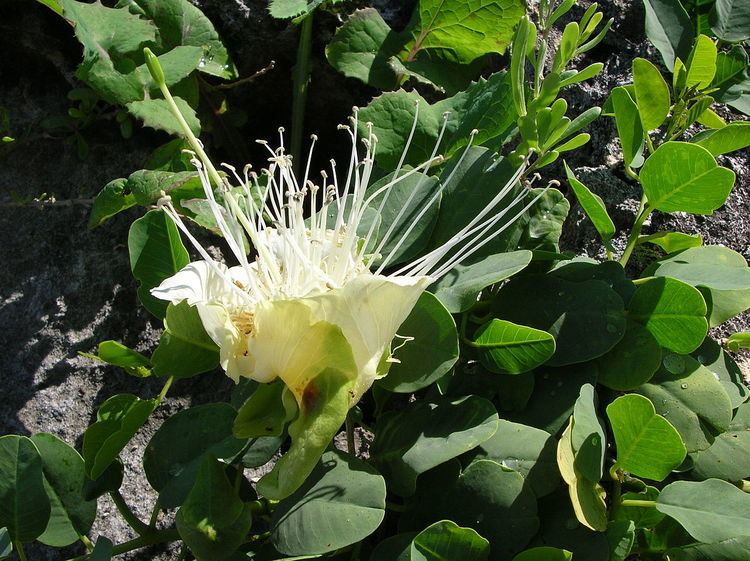 | ||
Lower classifications Caper, Capparis sandwichiana, Capparis panamensis, Capparis discolor, Capparis pachyphylla | ||
Caper berry plant capparis spinosa kapers bl mkn ppar sumarbl m
Capparis is a flowering plant genus in the family Capparaceae which is included in the Brassicaceae in the unrevised APG II system. These plants are shrubs or lianas and are collectively known as caper shrubs or caperbushes. Capparis species occur over a wide range of habitat in the subtropical and tropical zones.
Contents
- Caper berry plant capparis spinosa kapers bl mkn ppar sumarbl m
- Uses and ecology
- Selected species
- References
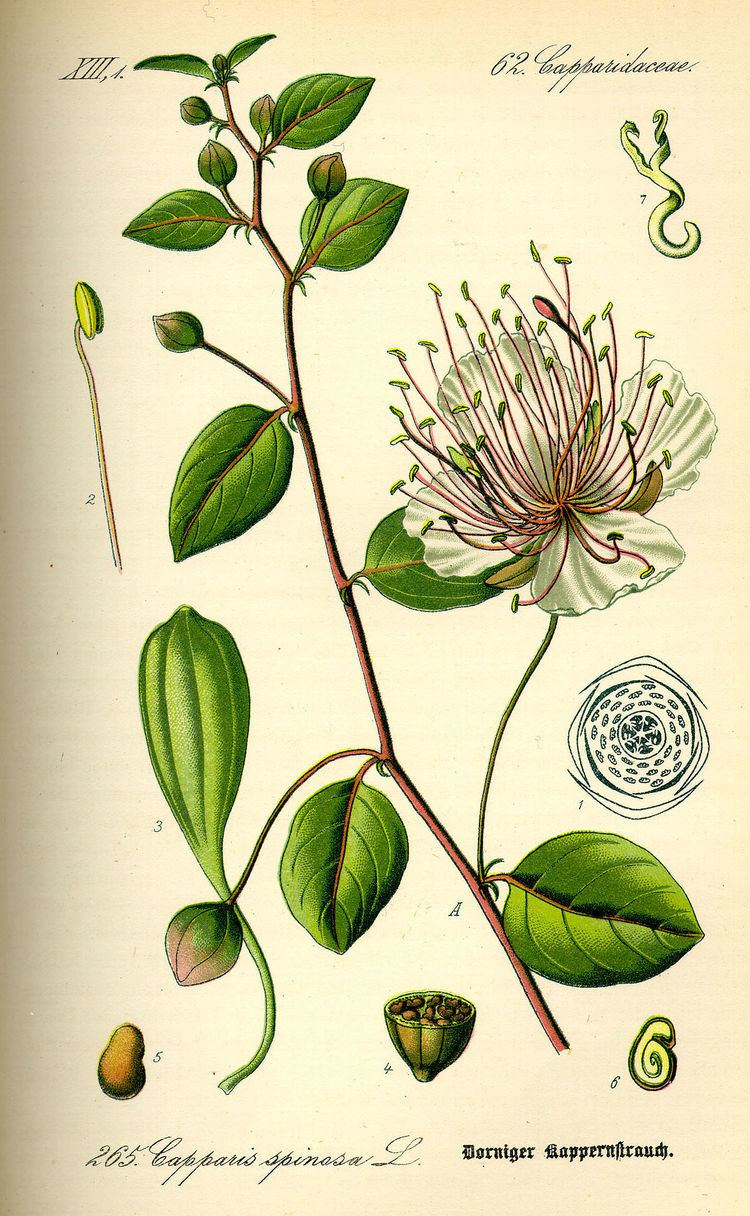
Caper berry plant capparis spinosa kapers bl mkn ppar sumarbl m
Uses and ecology
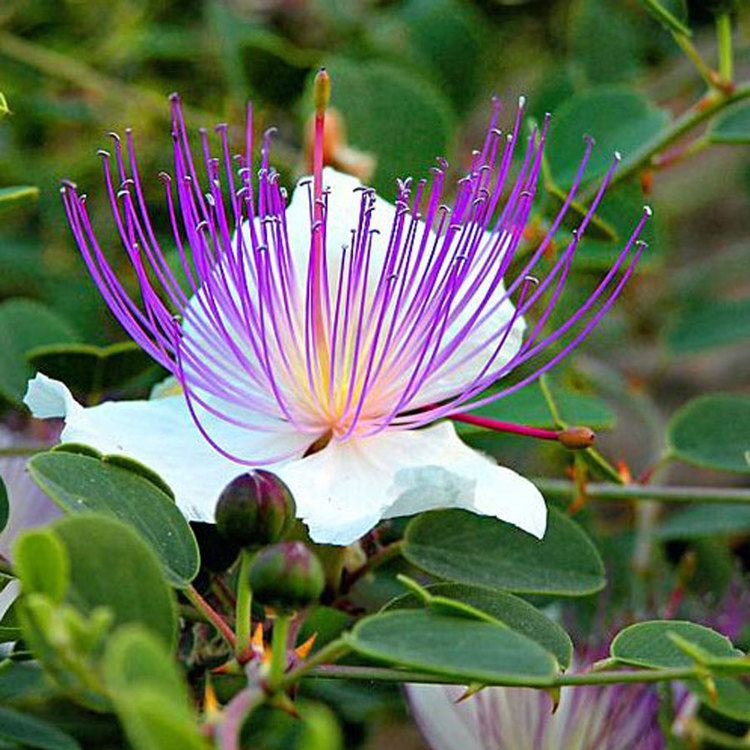
Caperbushes are mainly used by humans for their fruit, which are rich in micronutrients. C. spinosa, simply known as caper, yields fruit and more importantly flower buds, which are widely used pickled as a vegetable condiment. The fruit of other species, such as karir (C. decidua), are also used for cooking; C. mitchellii and the Wild passionfruit (the local subspecies of C. spinosa) are well-known bush tucker in Australia. Mabinlang seeds (C. masaikai) are eaten as sweets.
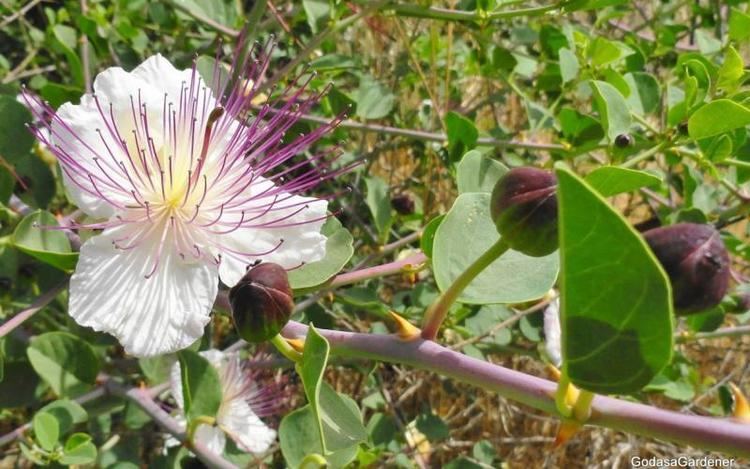
Mabinlang is also used in Traditional Chinese Medicine. Aspalathos, the root of a shrub contained for example in the sacred Ancient Egyptian incense kp.t (kyphi), is sometimes considered to be C. spinosa. Other species have also recorded uses in herbalism and folk medicine; dedicated research is largely lacking however. Mabinlins are sweet-tasting proteins found in Mabinlang seed (and possibly in other Capparis species); at least one of them is highly resistant to heat. The market for mabinlins is not large, but this is mainly due to insufficient supply rather than to lack of demand.
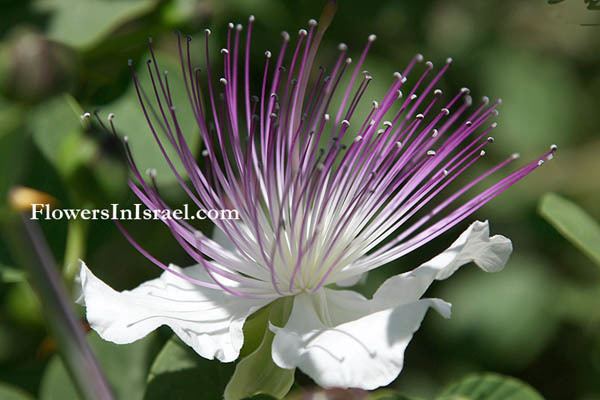
Caperbushes from arid regions - chiefly C. decidua - are highly useful in landscape gardening, afforestation and reforestation. They can stop soil erosion and preserve agricultural land. Any large-flowered species can be used to attract butterflies. The Crimson Rose (Atrophaneura hector), a spectacular swallowtail butterfly of South Asia, likes to visit flowers of C. spinosa in the winter months for example.
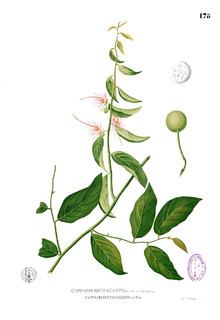
The fruit and seeds of caperbushes are relished by many birds and other animals such as spiny-tailed lizards. Capparis plants are highly important as food for certain Lepidoptera caterpillars, many of them Colotini or Pierini:
The plant pathogenic ascomycete fungus Mycosphaerella capparis was described from a caperbush. Some species of Capparis are becoming rare, mainly due to habitat destruction, and a few are seriously threatened with extinction.
